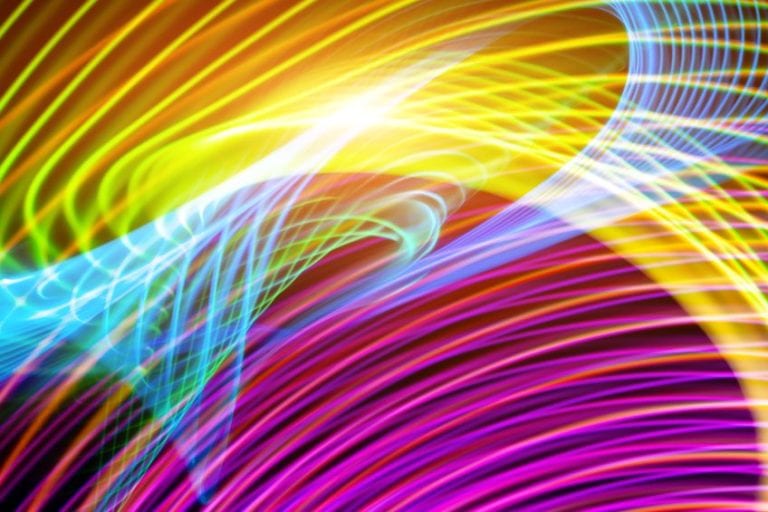Brown and White Make What Color? – Earthy Elegance
Welcome to the colorful world where pigments dance and hues blend in intriguing ways! Today, we embark on a whimsical journey exploring the delightful union of brown and white. Ah, the question that tickles the imagination: what color do these two seemingly ordinary shades create when they rendezvous on the canvas? Prepare to be enchanted as we unravel the enchanting mystery behind the magical amalgamation of brown and white. Let’s dive into the palette and discover the unexpected harmony they concoct!
Key Takeaways
- Mixing brown and white paint creates a lighter and softer shade of brown known as beige.
- The specific shade of beige achieved depends on the ratio of brown to white, with more white resulting in a lighter beige.
- Beige, the product of this combination, carries symbolic meanings and can influence color perception psychologically.
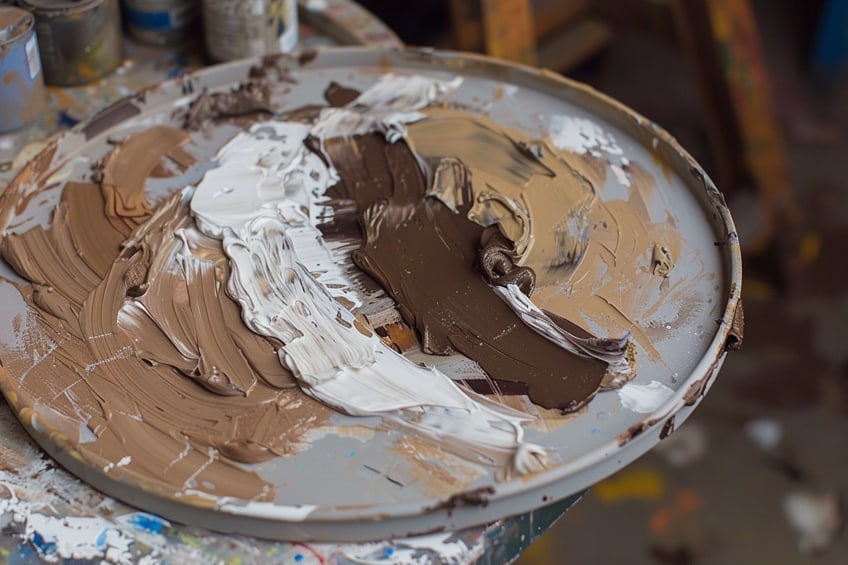
The Basics of Color Theory
Color theory is the cornerstone of understanding how to mix colors and create palettes for various applications. It uses a structured approach to explain the relationships between colors and how they interact with each other.
Color Wheel Dynamics
The color wheel serves as a visual representation of colors arranged according to their chromatic relationship. Primary colors (red, blue, and yellow) are positioned equidistant from each other on this wheel, forming a triangle. Colors on the color wheel can be mixed to create a vast spectrum of hues, guiding artists and designers in color selection.
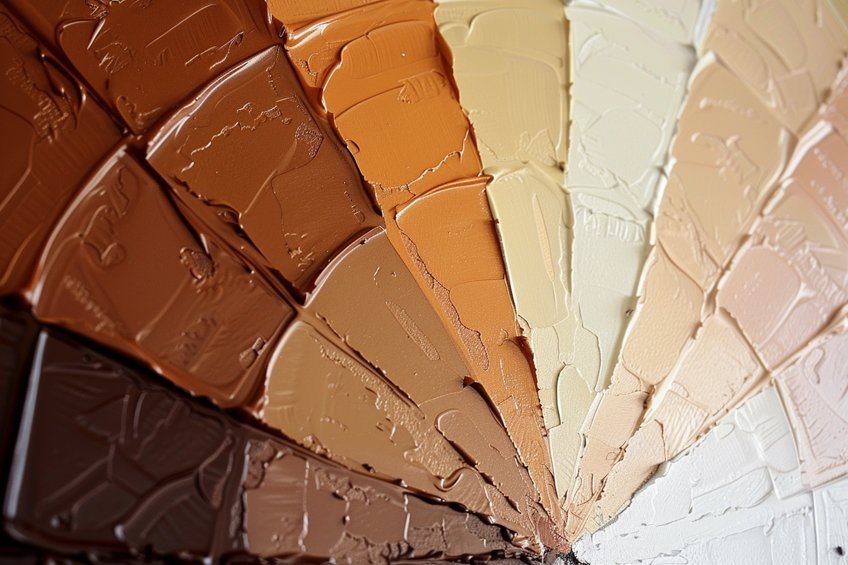
Primary, Secondary, and Tertiary Colors
Primary colors, such as red, blue, and yellow, serve as the foundational hues from which all other colors can be generated, as they cannot be produced by blending other colors together. Secondary colors are achieved through the combination of two primary colors; for instance, red and blue yield purple, blue and yellow produce green, and yellow and red create orange.
Tertiary colors emerge from the fusion of a primary color with a secondary color, resulting in more intricate hues, exemplified by shades like red-orange and blue-green.
When colors are mixed, the outcome depends on the color model being used. For instance, mixing red (a primary color) and green (a secondary color made from blue and yellow) in the subtractive color model used in painting, results in a shade of brown. Brown represents a heavier saturation of color, moving towards the darker end of the value scale.
What Does Brown and White Make?
The exploration into the world of colors often leads to fascinating discoveries about how different hues interact with each other. When it comes to mixing paints or other color mediums, brown and white are commonly used to achieve a variety of shades and tints. The combination of brown, a warm, earthy color, with white, representing purity and light, can create a spectrum of neutral tones.
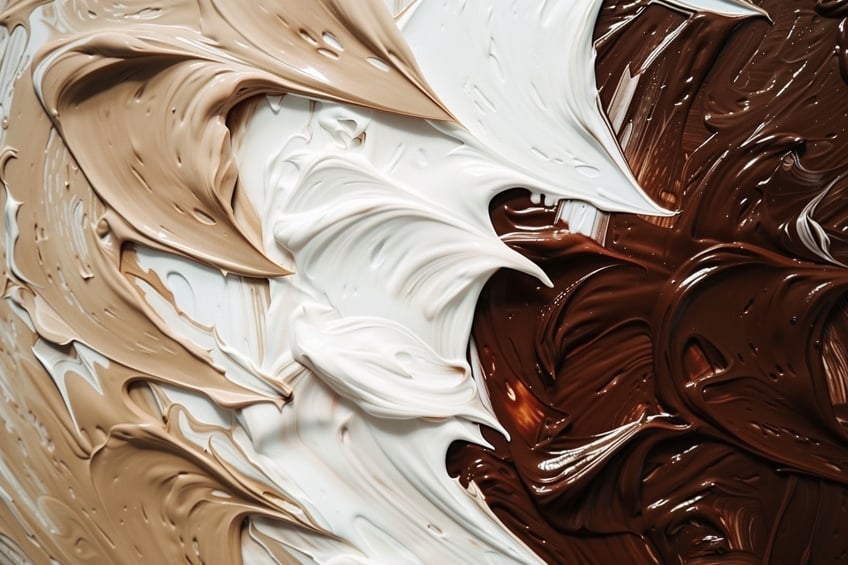
This interaction between brown and white is governed by the basic principles of color theory. When white is added to any color, including brown, the result is a lighter, less intense version of the original color. The amount of white incorporated determines the particular shade achieved. In the case of mixing brown and white, the outcome is generally a color known as beige.
This versatile and subtle color can be shifted further toward a variety of undertones, depending on the proportion of white and the specific shade of brown used.
Understanding Brown
| Shade | Hex Code | CMYK Color Code (%) | RGB Color Code | Color |
| Brown | #A52A2A | 0, 60, 60, 65 | 165, 42, 42 |
Brown is a secondary color in the world of paint, essentially a darker composite hue created by mixing primary colors. Its specific tone and saturation can vary depending on the ratio and dominance of these primary colors combined.
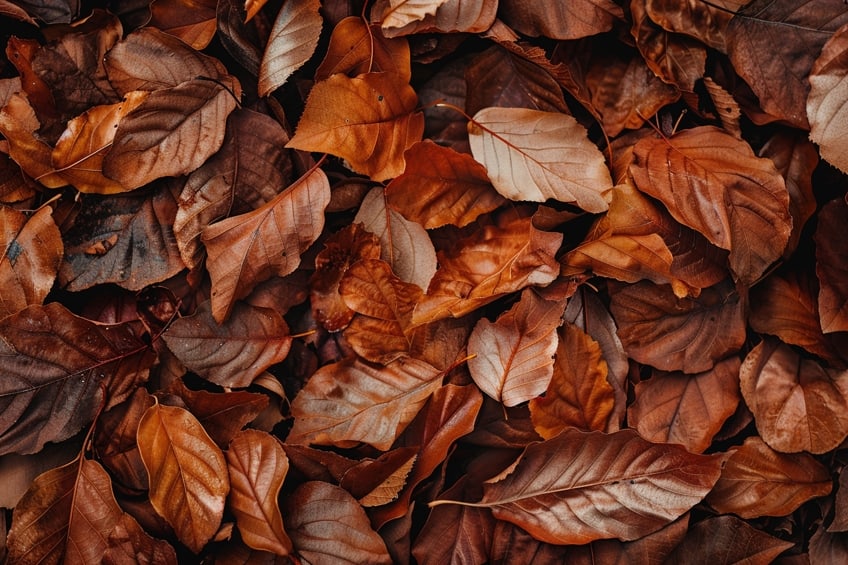
Understanding White
| Shade | Hex Code | CMYK Color Code (%) | RGB Color Code | Color |
| White | #FFFFFF | 0, 0, 0, 0 | 255, 255, 255 |
White paint acts as a tint in color mixing, raising the lightness of whatever color it’s combined with. Incorporating white into a color mixture can influence the final color’s hue by reducing its saturation and making it a paler version of the original color.
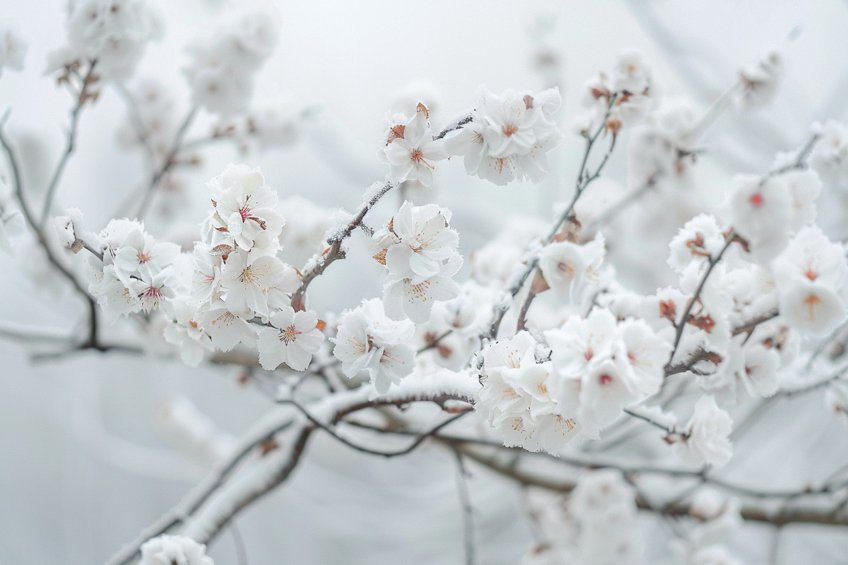
The Beige Color
| Shade | Hex Code | CMYK Color Code (%) | RGB Color Code | Color |
| Beige | #F5F5DC | 0, 0, 20, 3 | 245, 245, 220 |
Mixing brown and white paint typically yields beige, a neutral color with flexibility in its final appearance. By adjusting the proportion of white and brown, various tones of beige emerge. Tints of beige, with a higher ratio of white, will appear lighter, often resembling colors such as ivory or eggshell.
Employing more brown, on the other hand, produces deeper beige tones, closer to tan.
Effects of Mixing Different Shades
When mixing paint colors, the addition of white to brown lightens the shade, producing variations of beige or tan. The proportion of white to brown dictates the specific hue achieved, allowing for precise control over the final color.
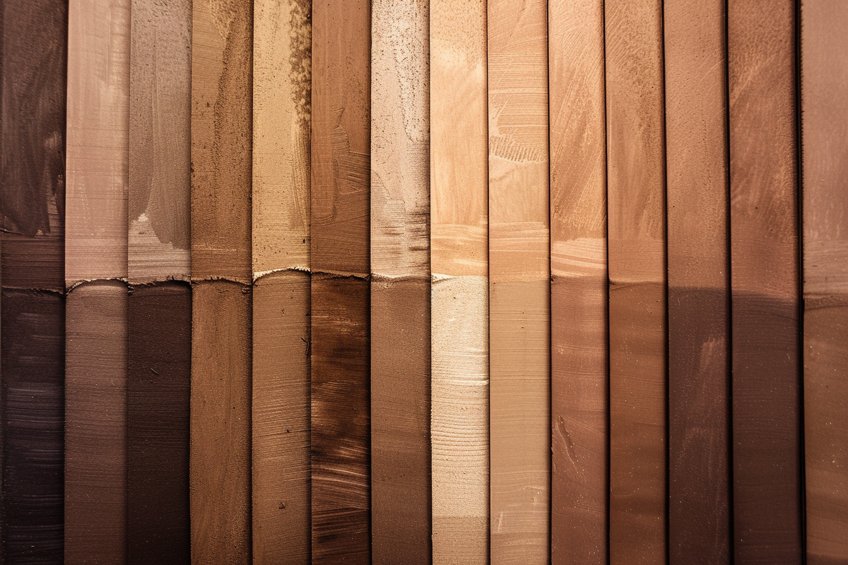
Mixing Brown Using Paint
Mixing brown using paint typically requires the combination of the three primary colors: red, yellow, and blue. The exact shades of brown depend on the ratios used: When equal parts of each primary color are combined, they yield a standard brown hue.
However, altering the quantity of one or two primary colors can significantly change the shade of brown, allowing for a diverse range of tones and intensities to be achieved.
Adjusting Brown Shades
Once a basic brown is mixed, incorporating white paint will yield lighter tints of brown. Adding less white leads to a darker, richer brown, while increasing the amount of white produces paler tints like beige, tan, or ivory. By adjusting the mix accordingly, a diverse array of browns can be crafted to accommodate various artistic requirements.
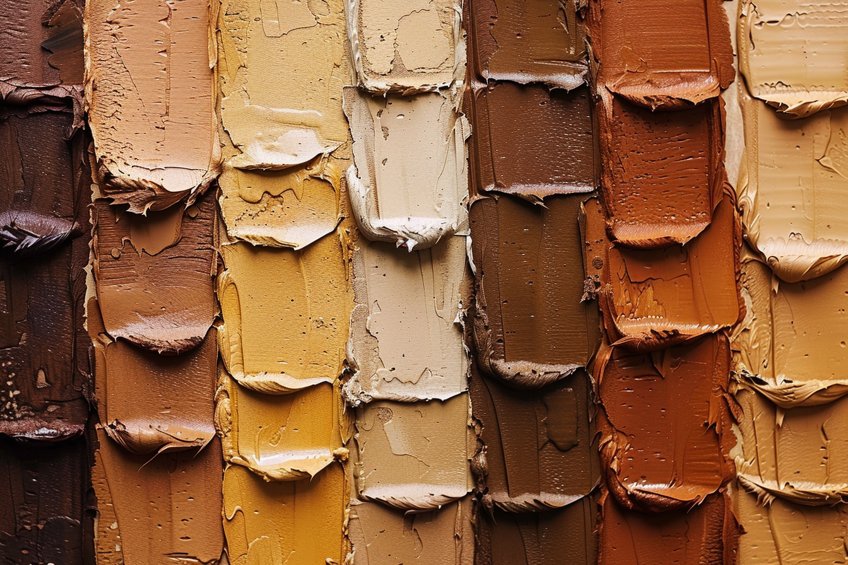
The Symbolism of Beige
Beige is a subtle palette staple that finds its place across various design spheres due to its neutrality and ease of blending with other colors. It embodies comfort and simplicity, serving as a canvas for both the understated and bold elements in design.
Interior Design
In interior design, beige takes on the role of a foundational hue in color schemes, offering a neutral background that allows for flexibility in decorating. Designers often employ a range of tints, tones, and shades of beige to create depth and interest within a space. With a palette comprising beige, they have the freedom to introduce accents through furnishings, accessories, or art without the space feeling overwhelming. A palette knife may not be the tool of an interior designer, but the principle of layering colors, much like with a knife on a canvas, is similar in concept when textures and materials blend seamlessly in a beige-enriched environment.
- Typical beige-derived tints in interiors can include lighter creams or off-whites.
- Earthier tones tend to incorporate hints of yellow or brown for warmth.
- The shades might feature deeper beiges with gray undertones for a sophisticated edge.
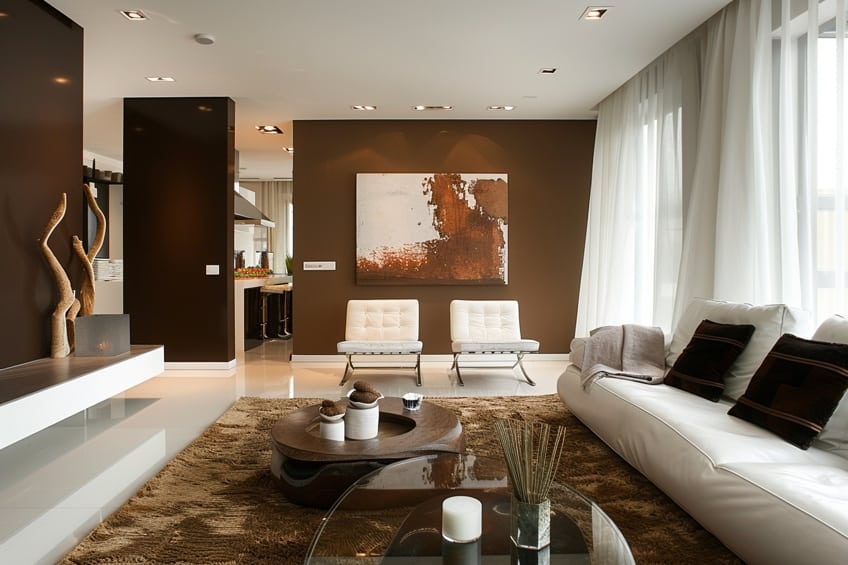
Fashion
In fashion, beige exudes a classic and timeless aesthetic. It’s a frequent choice for garments that aim for elegance without commanding the spotlight. Beige can be combined with bolder colors for contrast, or layered in various tints and tones for a monochromatic look. The fabric’s texture often plays a role in how the color is perceived, much like how the medium, be it pencil, watercolor, or oils, affects the output in painting.
- Tints of beige in fashion might show up as soft pastels, offering a light, airy feel to garments.
- Tones can range from sandy to tan, bringing warmth and versatility to the wardrobe.
- Shades include deeper neutrals that provide a grounding effect, similar to the shadow areas in a piece of art.
Beige serves as a silent enhancer, a quality that makes it indispensable in both interior design and fashion, acting both as a standalone color and a support for other palette choices.
Color Perception and Psychology of Beige
When brown and white are mixed, the result is a color that straddles the line between warmth and neutrality: beige. This color influences both perception and psychology in subtle yet significant ways.
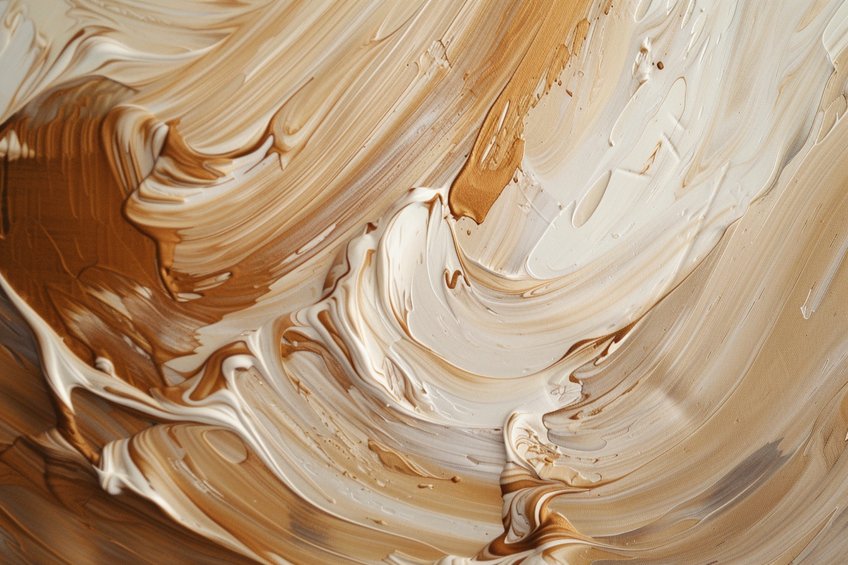
Emotional Impact
Color psychology suggests that beige elicits feelings of calm and comfort. This unassuming hue is often associated with simplicity and understated elegance. Its psychological effects hinge on its capability to evoke a sense of peace and stability in an environment.
In terms of color theory, beige is viewed as a non-intrusive color, which offers a backdrop that allows other colors to stand out without creating drama.
Cultural Interpretations
Beige carries different meanings in various cultural contexts. Globally, it may be tied to the natural and the simplistic, often reflecting the values of minimalism and practicability. Yet, it avoids associations with starkness or sterility often attributed to its cousin, white. Instead, beige can be perceived as warm and inviting—the epitome of neutral sophistication.

As we conclude our colorful expedition into the realm of brown and white, we find ourselves enchanted by the wondrous world of color blending. Through the alchemy of pigments and the dance of light, we’ve uncovered the delightful secret: brown and white, in their elegant union, create a spectrum of warm, creamy tones that evoke coziness and sophistication. From lattes to caramel swirls, from ivory whispers to sandy beaches, the palette of possibilities is as vast as our imagination allows. So, let us continue to explore, mix, and marvel at the endless wonders that color theory bestows upon us. Embrace the hues, and may your artistic endeavors always be as rich and vibrant as the hues of brown and white.
Frequently Asked Questions
What Is the Resulting Color When Mixing Dark Brown With White Paint?
When white paint is incorporated into dark brown, it lightens the brown to produce a range of lighter browns, tending towards beige as more white is added. The specific hue depends on the ratio of white to dark brown—more white results in a paler brown.
Can You Achieve Beige by Mixing Brown With White?
Yes, mixing brown with white paint can result in beige. The proportion of white added to brown dictates the exact shade of beige, with a larger amount of white creating a lighter beige.
How Does Adding White to Chocolate Brown Affect the Color Outcome?
Adding white paint to chocolate brown will lighten the color, possibly producing a shade similar to milk chocolate. The intensity of the color change depends on the amount of white added; small increments result in subtle shifts.
In 2005, Charlene completed her Wellness Diplomas in Therapeutic Aromatherapy and Reflexology from the International School of Reflexology and Meridian Therapy. She worked for a company offering corporate wellness programs for a couple of years, before opening up her own therapy practice. It was in 2015 that a friend, who was a digital marketer, asked her to join her company as a content creator, and this is where she found her excitement for writing.
Since joining the content writing world, she has gained a lot of experience over the years writing on a diverse selection of topics, from beauty, health, wellness, travel, and more. Due to various circumstances, she had to close her therapy practice and is now a full-time freelance writer. Being a creative person, she could not pass up the opportunity to contribute to the Art in Context team, where is was in her element, writing about a variety of art and craft topics. Contributing articles for over three years now, her knowledge in this area has grown, and she has gotten to explore her creativity and improve her research and writing skills.
Charlene Lewis has been working for artincontext.org since the relaunch in 2020. She is an experienced writer and mainly focuses on the topics of color theory, painting and drawing.
Learn more about Charlene Lewis and the Art in Context Team.
Cite this Article
Charlene, Lewis, “Brown and White Make What Color? – Earthy Elegance.” Art in Context. March 5, 2024. URL: https://artincontext.org/brown-and-white-make-what-color/
Lewis, C. (2024, 5 March). Brown and White Make What Color? – Earthy Elegance. Art in Context. https://artincontext.org/brown-and-white-make-what-color/
Lewis, Charlene. “Brown and White Make What Color? – Earthy Elegance.” Art in Context, March 5, 2024. https://artincontext.org/brown-and-white-make-what-color/.







